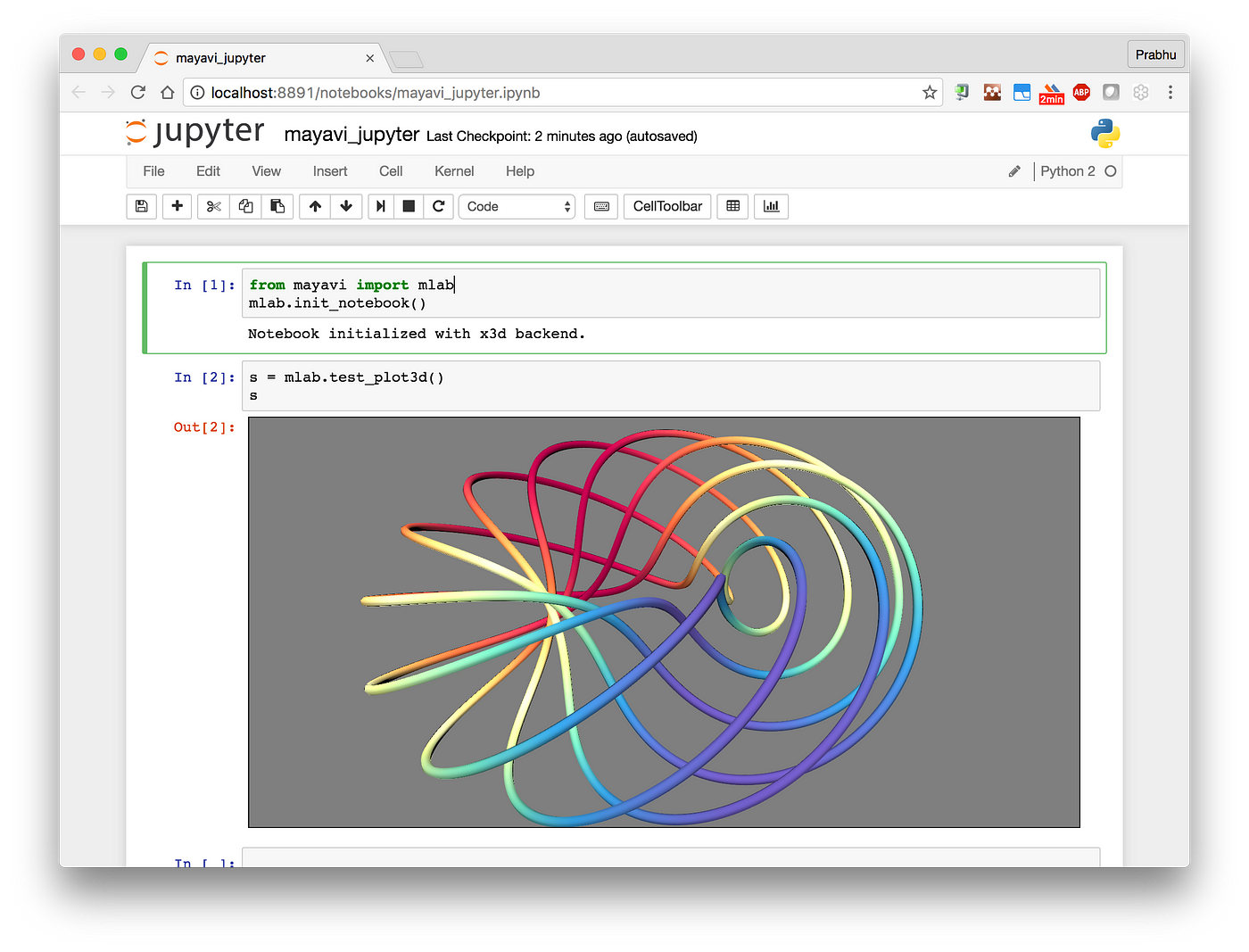

Transport.request_port_forward('', server_port) Verbose('Tunnel closed from %r' % (chan.origin_addr,))ĭef reverse_forward_tunnel(server_port, remote_host, remote_port, transport): Verbose('Connected! Tunnel open %r -> %r -> %r' % (chan.origin_addr, Verbose('Forwarding request to %s:%d failed: %r' % (host, port, e)) In this way, as long as we can access, we cannot directly access. Data traffic accessing 192.168.209.121:8080 is directed to 192.168.209.122:80 through the SSH tunnel, that is, opening a browser to access will be directed to through the SSH tunnel. Indicates that the program has been started successfully. Key.get_name(), hostname, hexlify(key.get_fingerprint()), After entering the ssh password, the console prints as follows: For example, open the command line and enter the following code: Files direct data traffic from one port opened by the SSH server to the port of another server specified We can use Python to create a forwarded SH tunnel to accomplish these functions, as detailed in the following code: Imagine an environment where you can access an SSH server on your intranet and you also want to access a Web server on the same segment.You cannot access the Web server directly, but SSH servers can access the Web server and there are no tools installed on this SSH server that you want to use.
Ssh tunnel python download#
So if you want to backup the notebook files you will have to either push them to git or download them to your local machine.Please indicate the source of the reprint: Time to start hacking! Keep in mind that the notebooks you save will be stored on the remote machine. Now that you have a tunnel to the remote machine, open up your browser and navigate to This will fire up the jupyter notebook web interface. Step 4: Open the notebook in your browser I've also added the -L option that tells SSH to open up a tunnel from port 8080 on the remote machine to port 8080 in my local machine. This ensures that the connection cannot be used in that way, see this as an added security measure. I've added the option -N to tell SSH that I'm not going to execute any remote commands. To access the notebook on your remote machine over SSH, set up a SSH tunnel to the remote machine using the following command: ssh -N -L 8080:localhost:8080 command opens op a new SSH session in the terminal. Step 3: Setup a SSH tunnel to your remote machine Keep this port in mind when executing the next step. So instead run the following command to start the jupyter notebook server without opening a browser: jupyter notebook -no-browser -port=8080 But this opens up the browser, which is not available through an SSH session. Typically you'd start jupyter using the command jupyter notebook. Step 2: Start the jupyter notebook editor Once installed you can start editing notebooks.
Ssh tunnel python install#
You can install jupyter using the following command: pip install jupyterĮxecute this command on the remote machine you want to work on. It may not be suitable for production, but it is pretty much the only way I want to experiment when setting up protoypes. The fact that you can do this kind of stuff in a notebook makes it ideal for creating experiments.

It also visualizes graphs generated using pyplot.
Ssh tunnel python code#
The cool thing about notebooks is that you're not only editing python code and writing docs. Want some documentation with your code? Add a markdown fragment and go wild. The global variables defined in the other fragments are still there. When one of the fragments doesn't work you can simply edit and run it again. It's cool because you can write several fragments of code and execute them one after another. Notebooks are interactive pieces of python mixed with markdown code. Jupyter is a webbased python editor that works with notebooks.

Step 1: Install jupyter on your remote machine Here's how you can edit python code in your browser over SSH in 5 steps. There is vim and other console based editors, but that might not be what you want. When you work with Linux machines on Amazon EC2 or Azure over SSH and want to edit interactive python code you've got a challenge.


 0 kommentar(er)
0 kommentar(er)
